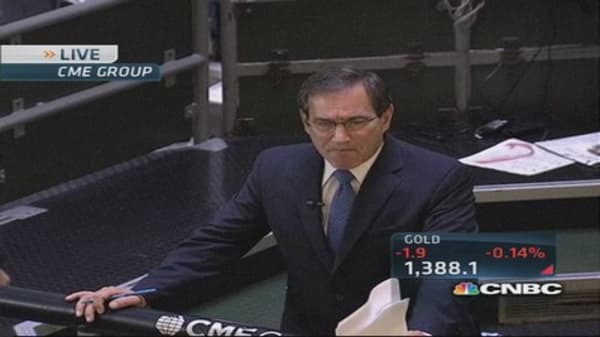(Click here to track the U.S. stock market following the economic reports.)
A reading above 50 indicates expansion in the sector.
The report likely added to views that economic growth is strengthening in the second half of the year, after Tuesday's ISM manufacturing report showed the sector growing at its fastest pace in 26 months.
The new orders and business activity components hit their highest level since February 2011. New orders rose to 60.5 from 57.7 and business activity hit 62.2 after scoring 60.4 in July.
The key employment index hit its highest in six months, up to 57 from 53.2.
Factory orders fall
New orders for factory goods dropped in July by the most in four months, a worrisome sign for economic growth in the third quarter.
The Commerce Department on Thursday said new orders for manufactured goods dropped 2.4 percent. Analysts polled by Reuters had expected an even sharper decline.
The decline was spread broadly across the nation's factories, from those producing computers and machinery to cars and electrical equipment.
Manufacturing slowed in the spring, hobbled by tight fiscal policy and weak global demand.
While a survey in August of purchasing managers by the Institute of Supply Management pointed to improving confidence in the sector, the picture in July still looked dour.
New orders for capital goods other than military items and aircraft, which is seen as a gauge of business spending plans, dropped 4 percent in July, its steepest decline since February.
Shipments of this category, which directly feed into the Commerce Department's calculations of economic growth, also slipped.




